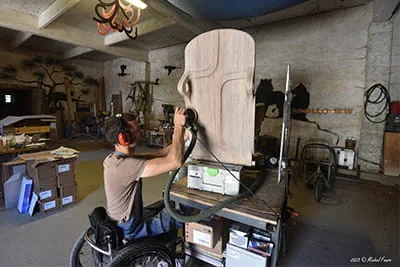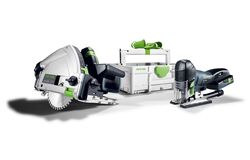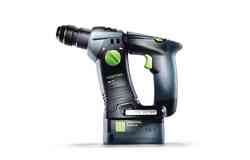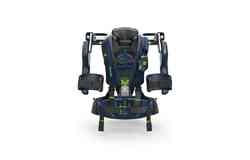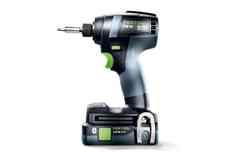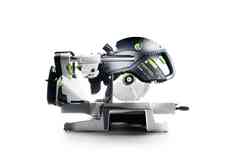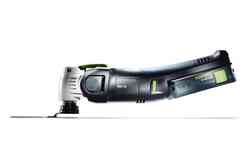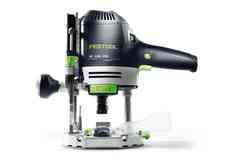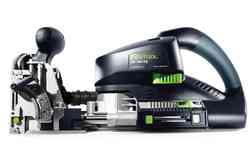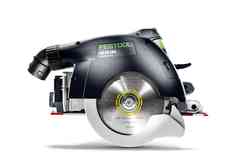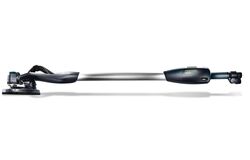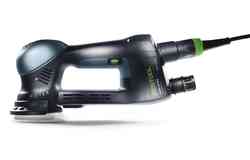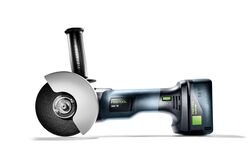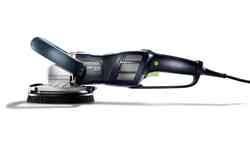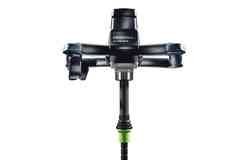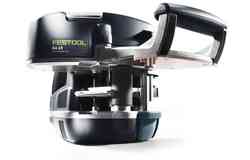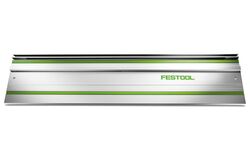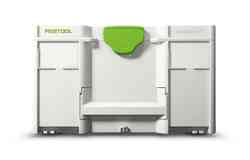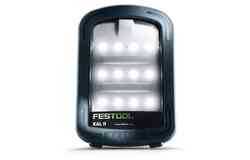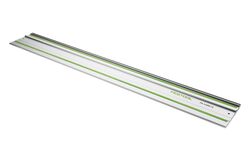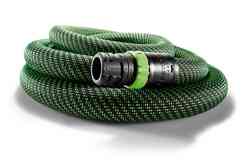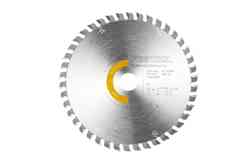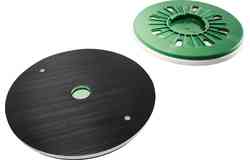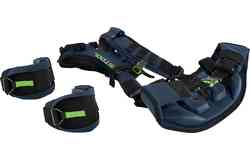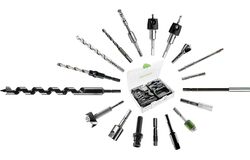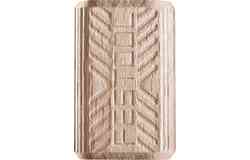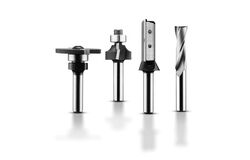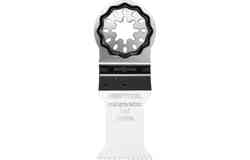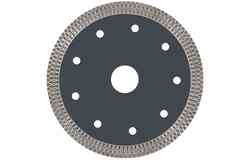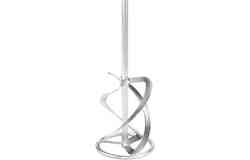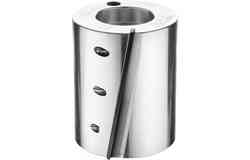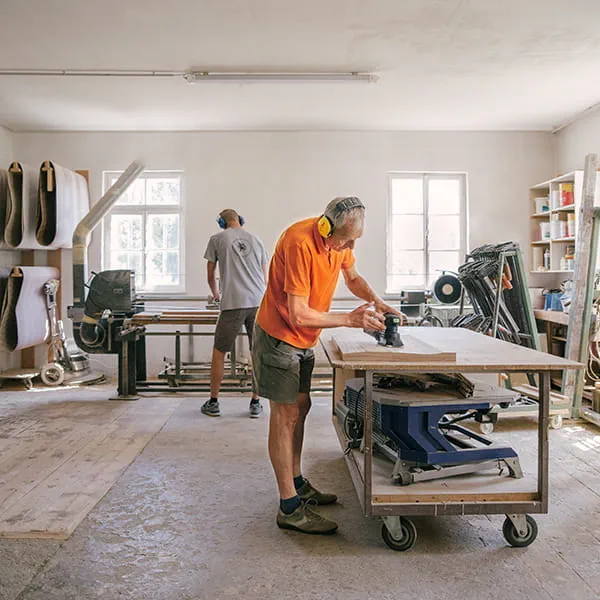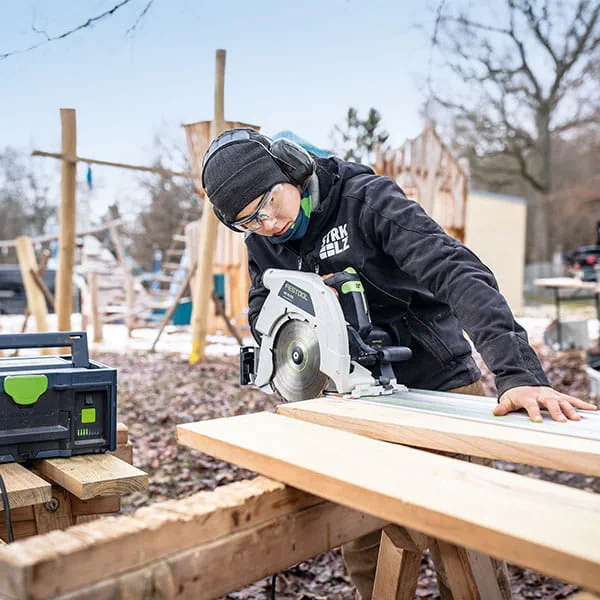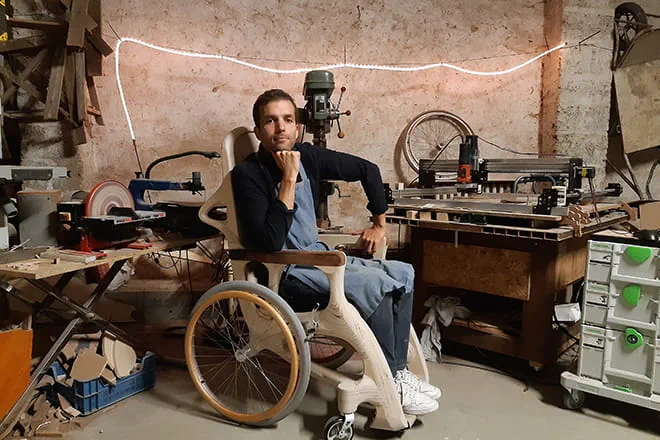
The ultimate wheelchair
Interview with Paul de Livron

How did you get into building wheelchairs?
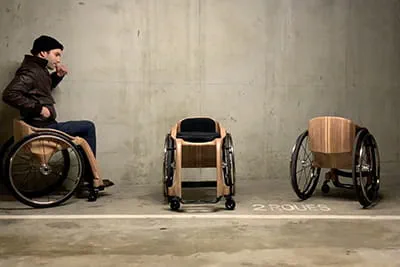
Tell us about your Apollo Wooden Wheelchair project. What exactly does it consist of? Why did you call it that?
The Apollo Wooden Wheelchair project involves the development of a wide range of wooden wheelchair models: For children and older people, for athletes and sedentary people, for classics and originals. But always with the ultimate goal in mind, which is the basis of the project: To develop high-performance wheelchair models that can also be manufactured in developing countries for the local population using the local wood resources. The project was named after the Greek god Apollo, who is, among other things, the god of a certain form of beauty and healing, because the use of wood gives the wheelchairs I developed an aesthetic that changes the way others look at the wheelchair user. This can make you feel more comfortable in your skin as a wheelchair user. So, beauty heals. And Apollo is also the name of that fabulous adventure that led to man taking his first steps on the moon in 1969. I like to tell people that my Apollo Wooden Wheelchairs mission is primarily to take care of people who can't walk on Earth.
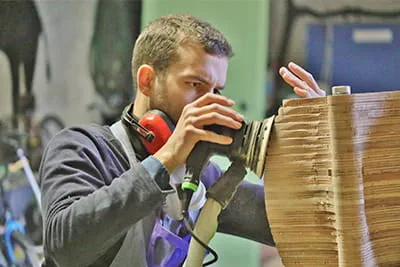
"I made a proposal to Pope Francis, who has been using a wheelchair for a year now, that if I gave him his own model when he came to Marseille, he could become an ambassador for my project. He agreed!"
Paul de Livron
How did you come to embark on this adventure?
Why did you choose wood as the material for your wheelchairs?
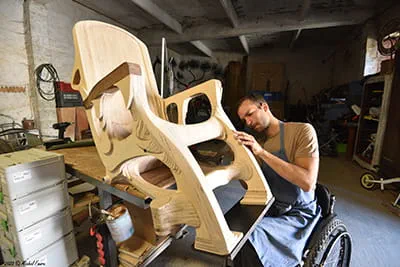
What was your biggest challenge in this adventure?
My biggest challenge is yet to come!
I made a proposal to Pope Francis, who has been using a wheelchair for a year now, that if I gave him his own model when he came to Marseille on 23rd September, he could become an ambassador for my project. He agreed!So I'm building him an unusual wheelchair – its armrests are carved from oak from the original roof truss of Notre-Dame de Paris that survived the 2019 fire.
It's quite a challenge because it's only the third wheelchair I've made ...
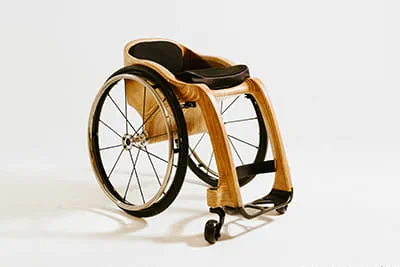
What are the next steps in your project and what is your goal??
If you had the choice again, what would you do differently?
What brands of tools do you use? Why did you choose Festool? What are the benefits for you?
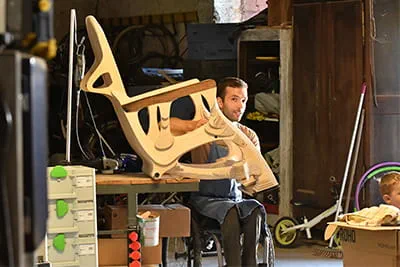
What are your plans for the future?
